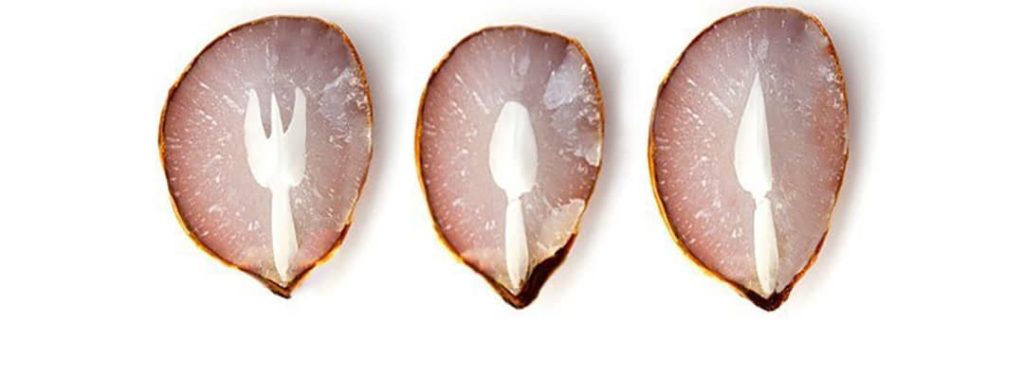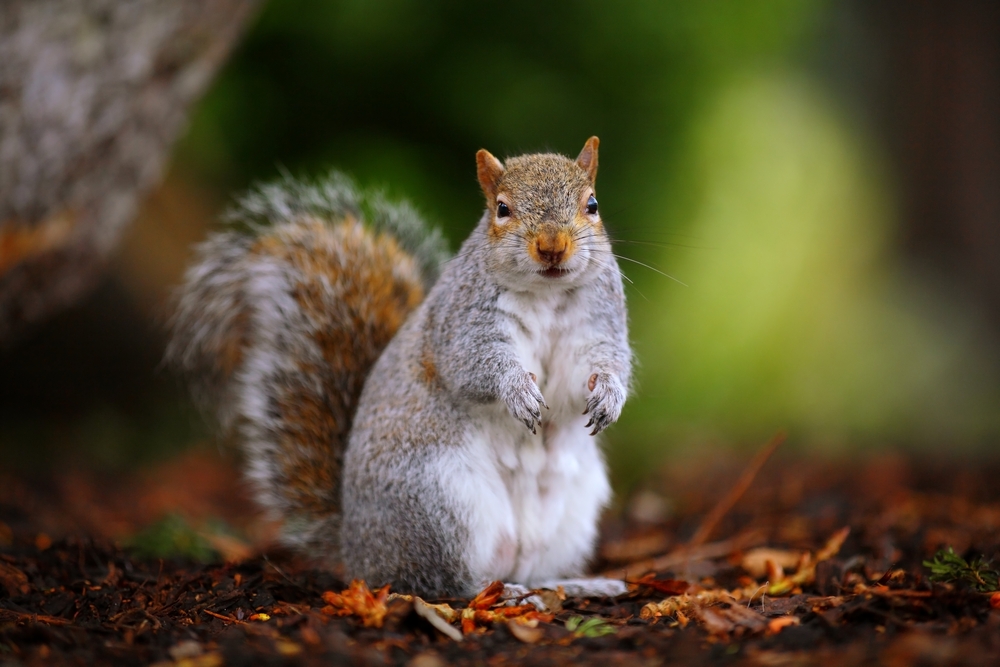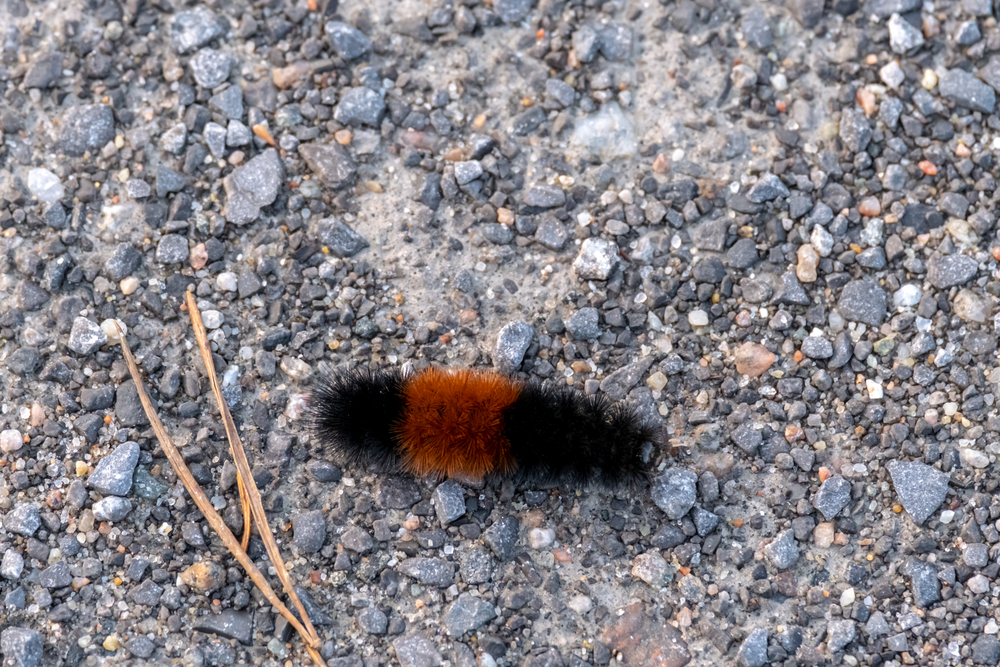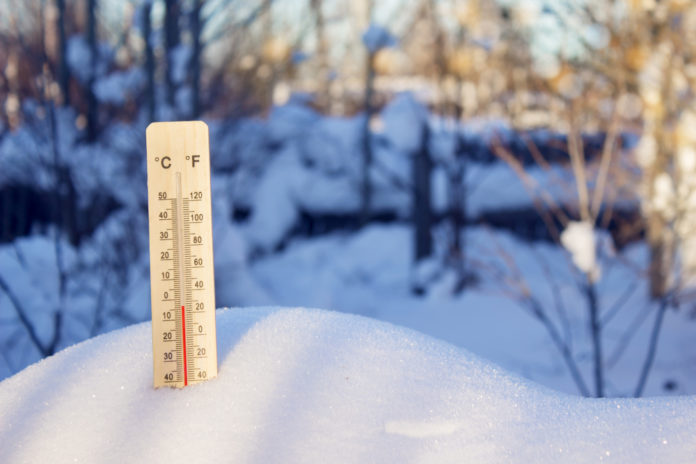It’s that time of year again…the time when winter weather predictions become a part of conversations. The weather is always a great conversation starter, but with the holidays now upon us, the impending winter season is sure to come up during chats at family get-togethers, holiday parties, and at work.
It would be great if we could rely on local meteorologists, but weather forecasting in this area is as easy as selling Taylor Swift concert tickets on Ticketmaster. What if we were to just look to nature instead?
We can find clues all around us in plants, trees, animals, birds, insects, and previous weather events, and these clues have been relied upon by farmers for years. We just need to know where to look.
There is no shortage of proverbs and folklore that speak of winter. The study of proverbs is called paremiology. And while not all of these adages are based on science, some are considered fairly reliable.
Plants and Trees

Perhaps the most popular, age-old belief is one that is related to the persimmon seed. If the inside of the kernel is shaped like a fork, a mild winter with powdery, light snow is more likely. If it is spoon-shaped, plenty of snow is headed your way. But if it’s knife-shaped, look out…as frigid winds will chill the bones.
Do you have an oak tree around you? If so, you’ve probably seen acorns. A large number of acorns can indicate a cold and snowy winter is in store. And if the leathery shell is rather thick, the winter will be severe. Think of the acorn as putting on a heavier coat to protect itself from the elements.
Similarly, a large crop of walnuts means a snowy, cold season.
A crop of berries can also be a weather indicator. If the crop is large, it’s a sign of a cold, snowy winter.
Flowers that had a second bloom in the fall or hold onto their blooms late in the season also forecast a colder winter.
“Flowers bloomin’ in late Autumn,
A sure sign of a bad winter comin’.”
Leaves falling early or late indicate winter will be mild. If they wither on the branches in October instead of falling, an extra cold winter is in store.
“When leaves fall early, fall and winter will be mild;
When leaves fall late, Winter will be severe.”
Onion and apple skins and corn husks that are thicker and tougher than usual indicate a cold, rough winter is ahead.
Is there “much fungus among us?” While they have a plantlike form, mushrooms are not considered a plant, but rather a fungus. If there are mushrooms galore, there is much snow in store. No mushrooms at all, no snow will fall.
Animals

Squirrels that have very bushy tails in the fall are gearing up for a colder winter. And the higher in the tree they stash their nuts, the deeper the snow.
“When squirrels early start to hoard,
winter will pierce us like a sword.”
The thickness of the coat of a beaver, the amount of body fat he has, and how he builds his winter den are all used to predict winter weather. The larger and stronger the beaver lodge, the harsher the winter to come.
“When you see a beaver carrying sticks in its mouth,
it will be a hard winter—you better go south.”
Birds
Many birds can tolerate the cold weather while others migrate south to warmer climates. If they leave our area earlier than normal, that could mean a severe winter is in store. Fun Fact: When migrating, birds tend to fly in similar air paths, called flyways. One of the largest and most active flyways passes right through Indiana.
Winter will be cold if robins are seen near a home in the fall.
When you see a flock of wild turkeys perched in trees and refuse to come down, snow is imminent. If turkey feathers are unusually thick, look for a particularly hard winter.
Insects

The wooly bear caterpillar has long been a favorite of backyard weather predictors. The wider the brown band in the middle of the caterpillar, the milder the winter will be.
Bees and hornets can tell us if our winter will be a hard and snowy one if the bees build their nests in a protected spot such as inside a barn or shed and if the hornets build their nests higher than usual.
Did you see particularly high ant hills this year? If so, winter will be snowy.
Weather
As we try to predict how many times we will see snowfall, there are three main theories used. It will be interesting to see which, if any, of these predictions come true.
- The date of the first snowfall tells us how many times it will snow. For example, we first saw snow flying in our area on November 12, so we can expect to see 12 more snow events before winter’s done.
- The date of the first snowflake plus the number of days past the new moon indicates the number of times it will snow this winter. With our first snowfall on the 12th and the previous new moon on October 25, this theory says that we will see snow 30 times.
- The number of days from Christmas that we see the first snowflakes fall supposedly tells us how many times it will snow this winter. If this is the case, we will have 43 snow events. This theory sounds a little excessive, but we’ll see.
Finally, the weather on October 9 can be a telling sign. If it’s sunny, the following winter will be very cold. If it’s cloudy, winter will be milder. Not to alarm anyone, but the weather on this day in the Evansville area was sunny with a high of 68 degrees. Buckle up!

For all of the latest information on our local real estate market in Southwestern Indiana, you can always trust the professionals at F.C. Tucker Emge. Our agents have superior training and resources at their disposal to better educate you about the road to homeownership. Even if you are 6-12 months (or more!) out from making a change, there is a lot to learn about the home buying and selling process, and our agents can help you learn what you need to know so that you can be confident in your decision and have a smooth experience when the time comes. Let’s Talk!




